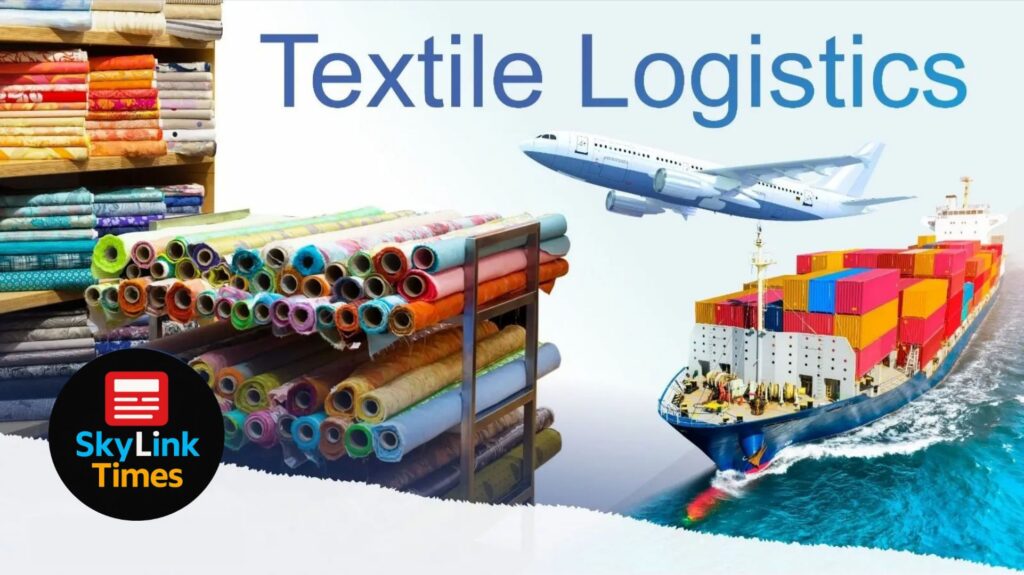New Delhi | September 19,2025 | SKY LINK TIMES
The Indian government’s rollout of GST 2.0 has brought a wave of relief to the textile and logistics industries, with sweeping tax rationalisation measures aimed at improving affordability, competitiveness, and export potential. According to an official statement, these reforms address long-standing structural anomalies and offer a significant boost to domestic growth.

Table of Contents
Affordable Apparel for All
Under the new GST framework, readymade garments priced up to ₹2,500 per piece will now attract only 5% GST, down from previous higher slabs. This makes clothing more affordable for middle- and low-income households, particularly in small towns and rural India, where demand sensitivity is high.
The government noted that the rationalisation strengthens the entire textile value chain—from fibre to garment—by reducing distortions, improving affordability, and stimulating retail demand.
In addition, GST on man-made fibres and yarns has been slashed from 12% and 18% to just 5%, correcting the inverted duty structure that had been hurting Small and Medium Enterprises (SMEs). Carpets and textile floor coverings, too, will now attract 5% GST, improving India’s edge in the global export market.
Cut in Logistics Costs to Power Exports
The logistics sector, which handles nearly 65–70% of India’s goods traffic through trucks and delivery vans, is also a key beneficiary of GST 2.0. Taxes on commercial goods vehicles have been reduced from 28% to 18%, significantly lowering logistics costs.
Cheaper freight movement translates to reduced per-tonne-kilometre costs, directly benefiting industries such as textiles, fast-moving consumer goods (FMCG), and e-commerce. This cascading effect not only reduces overall price pressures but also helps curb inflation.
Also Read:https://skylinktimes.in/unified-pension-scheme-ups-september-2025/
According to the statement, lower transport costs will make Indian exports—especially textiles—more competitive in international markets, aligning with the government’s vision of a “globally competitive India powered by resilient supply chains.”
Strengthening India’s Manufacturing Base
Experts believe the GST rationalisation is a decisive step toward strengthening India’s manufacturing base. By reducing tax burdens, simplifying compliance, and lowering input costs, the reforms directly benefit consumers, small businesses, and exporters.
Economists suggest that the policy could lead to a revival in domestic consumption, job creation in labour-intensive sectors like textiles, and enhanced export competitiveness—three critical pillars for sustainable economic growth.
Conclusion
The GST 2.0 reforms not only promise cheaper clothes and reduced logistics costs but also pave the way for a stronger, more competitive manufacturing ecosystem. By addressing structural inefficiencies and easing cost pressures, the government has sent a clear signal: India is preparing to step up as a global hub for textiles and efficient logistics.
For More Info Stay Tuned: https://skylinktimes.in



